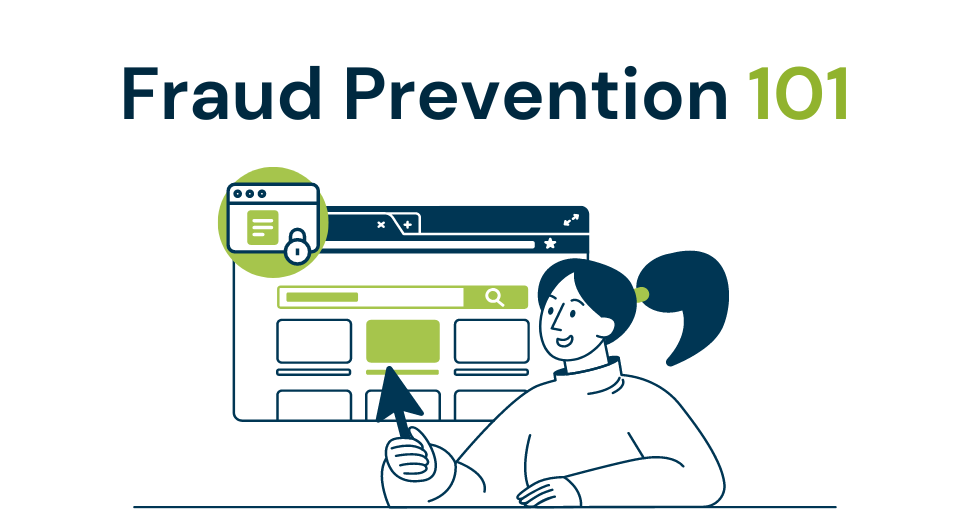[5-minute read]
Written by guest writer and Truevo Growth Marketer, Marlene Bramley
You’ve worked your fingers to the bone, spent endless sleepless nights, nearly had a divorce on your hands and your children call you “Uncle”. Phew! You’re finally making a profit. Well done! You’ve made it, you think…
It’s one thing spending all your energy on trying to turn a profit. It’s quite another to know what to do with it once you do. Before you get too excited – what exactly is a profit and how do you know if you’re making it? We suggest you do a profit and loss (P&L) statement. Firstly, it will provide you with a clear snapshot of your business’s financial viability. Secondly, it will allow you to budget and project your future business earnings. Finally, it will help you determine what your gross profit margin is. Simply put, your gross profit margin tells you how profitable your business is. It’s the amount of money you have left over after you’ve paid all your bills and taxes. Download this handy P&L tool from one of our previous blogs to help you work it out.
Keep your eyes on the road and your hands on the wheel
Once you’ve established that you’re making a profit, it doesn’t mean you can take your hands off the wheel. If there’s anything we’ve learnt recently, it’s that we all need to be prepared for a rainy day, or year. Do you have enough savings to cover you should there be an emergency or if your revenue suddenly drops? Consider putting money away to ensure you can cover your working capital for a couple of months in case you hit a rough patch. If your revenue drops or you have to cover an unforeseen large expense, make sure you can keep the lights on.
Spend your profits to grow
So you’ve run all the numbers and determined that you’re making a profit. It makes sense not to buy that luxury car or house or yacht but to put the money back into your business so that you can keep on growing. It’s time to revisit your business plan. You need to project if reinvesting your profits into your business will pay off in the long run, you should only expand once you’ve worked out that your company can handle the extra operating costs. Once you’re sure that everything’s in place, you have various options. You can invest in a bigger marketing budget to expand your customer base, hire more people to serve your customers better, set up in more locations (be it online or brick-and-mortar) or you can pay off refinance debt. Keep in mind that you don’t always have to carry the can on your own if you want to grow, you have the option of loan financing to help you pay for the expansion. Your positive balance sheet and P&L will help you secure funding. More about that later this month.
Whatever you decide to invest in, make sure that the return on investment (ROI) will be worth the trouble. You need to ask yourself, “How much more money will I make through this investment and how much time will this investment save?” There’s a library of articles on the internet about spending and how you should approach it, but let’s look at the global trends to get some insight on what has been happening with small business spending in the last year.
Some interesting figures
Spendesk did some research on spending and found that 82% of small businesses fail because of cash flow problems. It’s quite logical, if there’s no cash you can’t buy stock or pay people.
We would be careless not to mention the impact of Covid-19 on company spending. Suddenly, businesses had to spend unforeseen budgets on PPE, sanitation, and paying staff for work not necessarily delivered. Business spending has shifted and companies cut their hiring, marketing, advertising, business travel and events as well as team perks, just to name a few. That’s particularly true for brick-and-mortar businesses and offices. Many businesses pivoted to online business models so the rental market has also been affected.
Growth, growth, and more growth
McKinsey provides some interesting insights into the shift in company spending trends during 2020. They’ve found that most business categories experienced 10% growth in their online customer base. Web-based customer communications like chatbots experienced 10% growth and there has been a significant shift in how companies interact with their clients. Face-to-face customer interactions dropped from 55% before the pandemic to 21% currently. Direct sales have moved online with as much as 50% of businesses shifting to remote sales models. The shift has an impact on skills, tech, and coaching and it will require higher spending to be able to adapt to new market conditions, customer expectations, and business models.
According to Score, 40% of small business owners find bookkeeping and taxes the worst part of owning a small business. To alleviate this burden you can use financial software. This might be true historically, but in a post-Covid world things have shifted, and they’ve shifted fast. According to an article published by McKinsey offering a road map for recovery, “Speed, agility and a new understanding of customer values are the keys to navigating the next normal.” Bookkeeping probably feels like a walk in the park now compared to the acrobatics required to juggle through lockdowns.
In another survey conducted by McKinsey, UK consumers are the most upbeat about an economic recovery. They intend to splurge on travel, dining, apparel, and wellness when restrictions are lifted. A large proportion of them intend to continue spending online. It has massive implications for ecommerce and how businesses continue after the pandemic.
When market conditions are this volatile, it pays to invest in some social listening tools, and we’re not just talking about online listening. Put some innovative strategies in place to find out what your customers think, want, and need. Then give it to them!
Did you find this article useful? Feel free to share your thoughts and tag us on Instagram, Twitter, Facebook, and LinkedIn.
P.S. Want a payment solution that does what it says it will do? Get Truevo. We can’t wait to connect with you.



